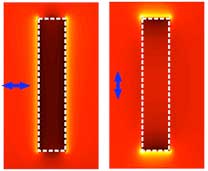
Wednesday, January 2, 2019
Scientists move quantum optic networks a step closer to reality
New discovery is big on nanoscale
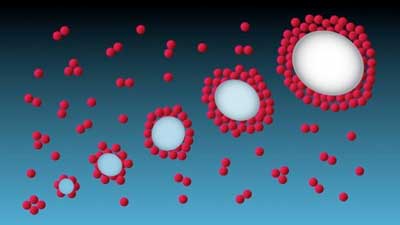
Controlling neurons with light - but without wires or batteries
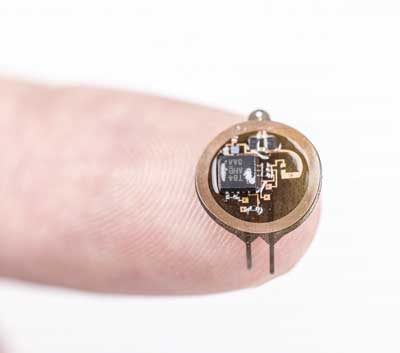
Tiny, implantable device uses light to treat bladder problems
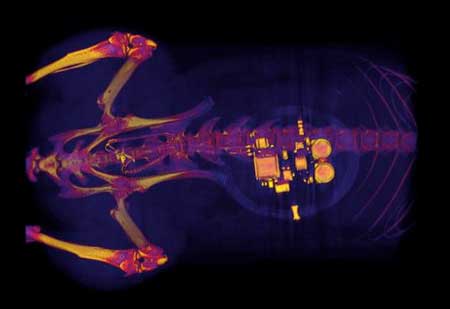
A catalytic flying carpet
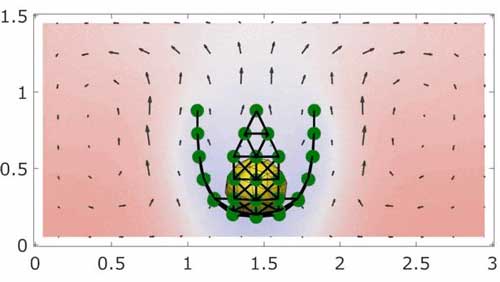
Rippling under pressure - when layered materials are pushed to the brink
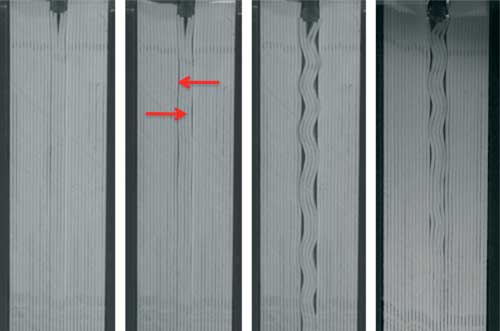
Quantum chemistry on quantum computers

Graphene-based implant overcomes technical limitation to record brain activity at extremely low frequencies
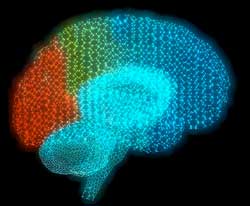
Subscribe to:
Comments (Atom)
